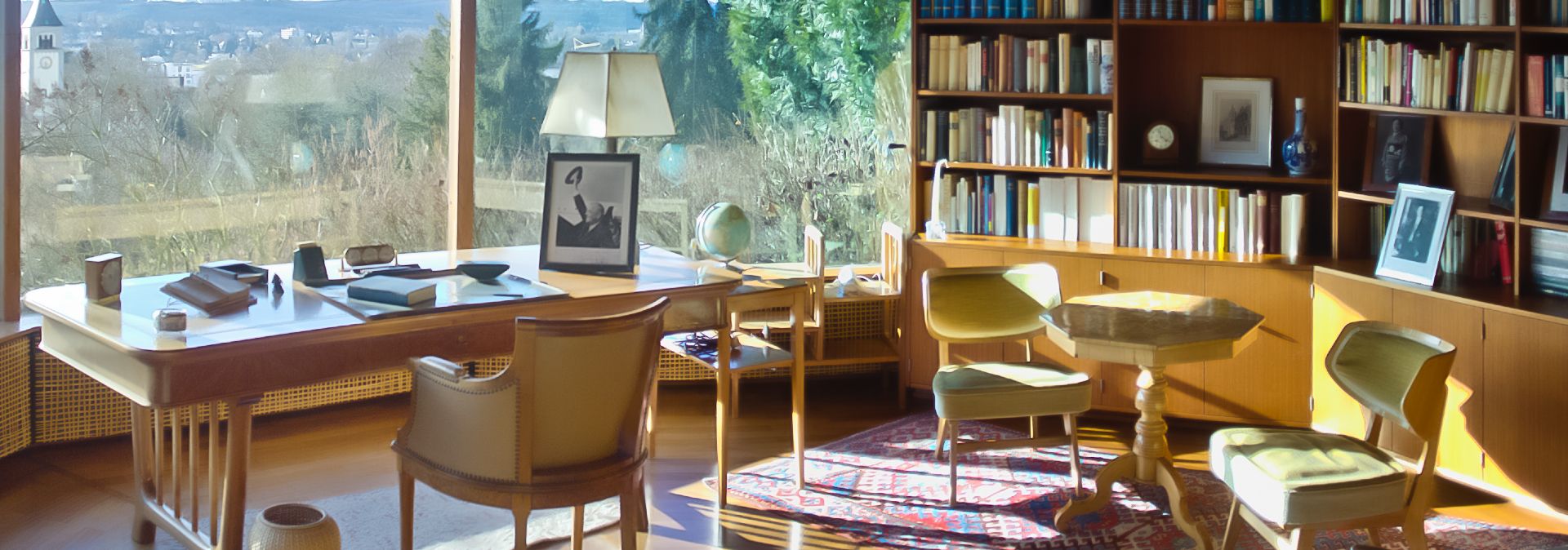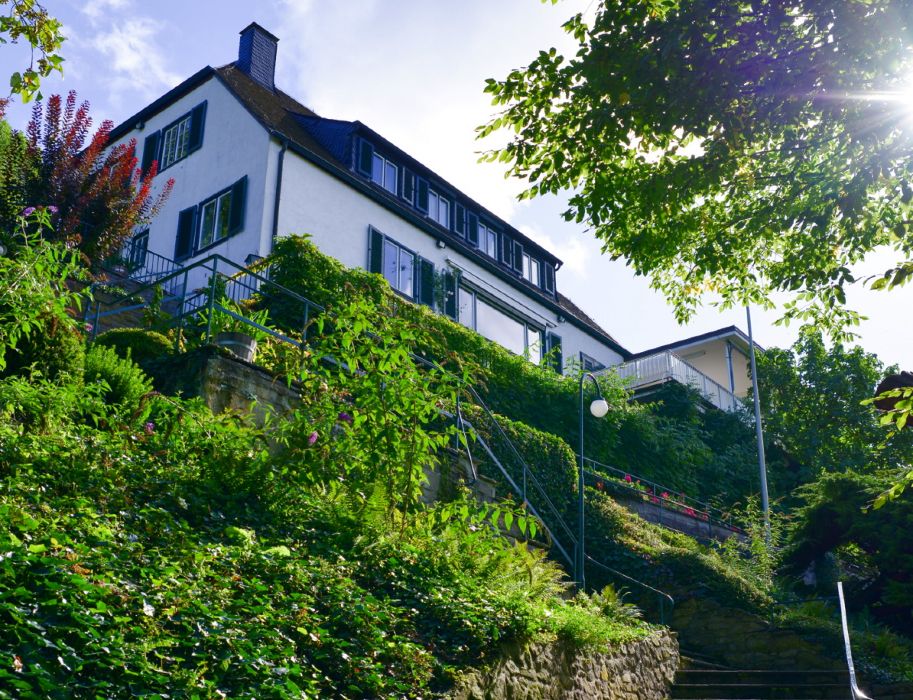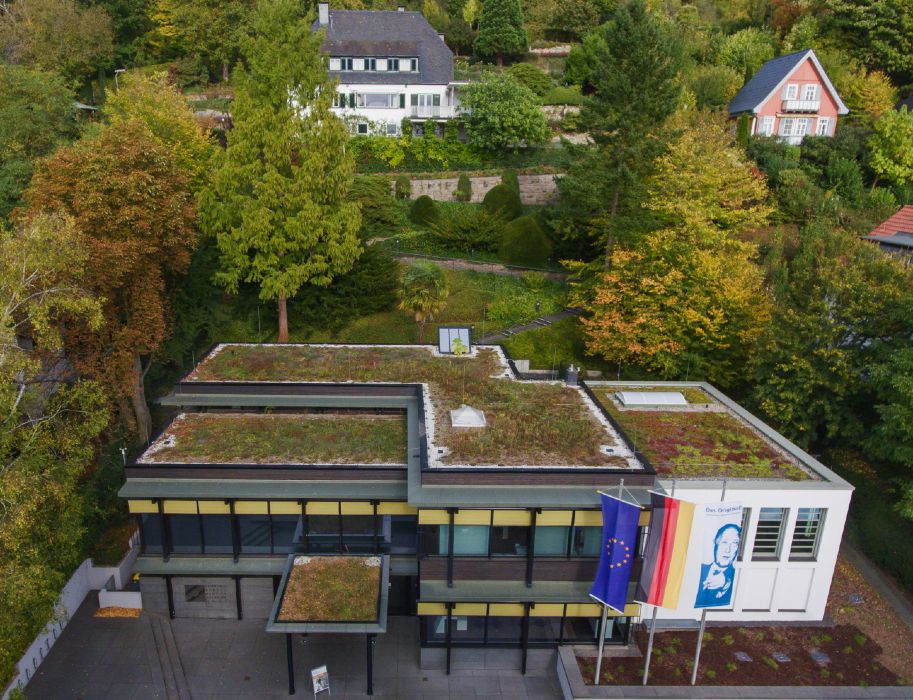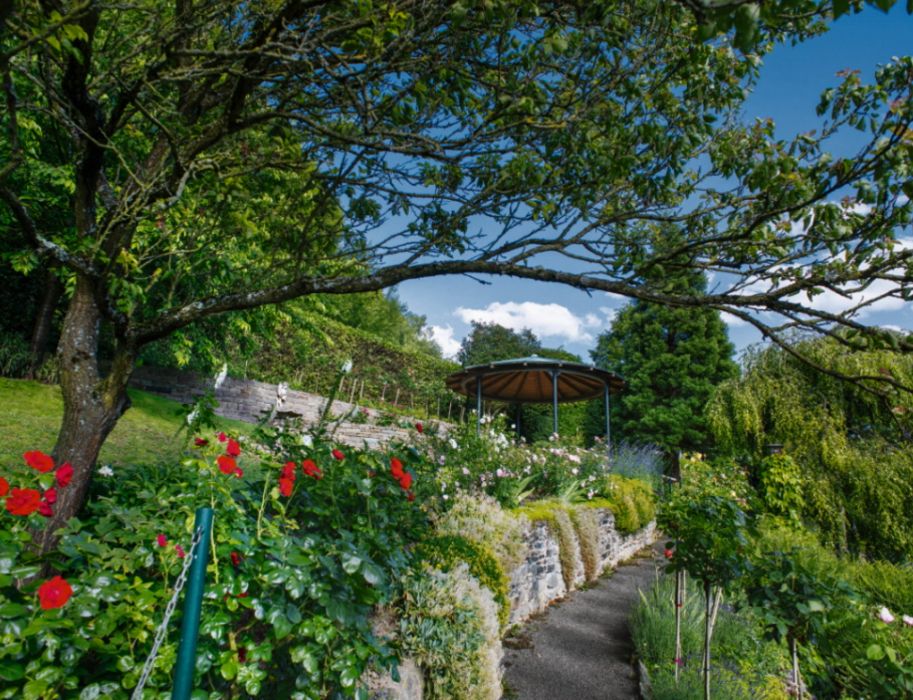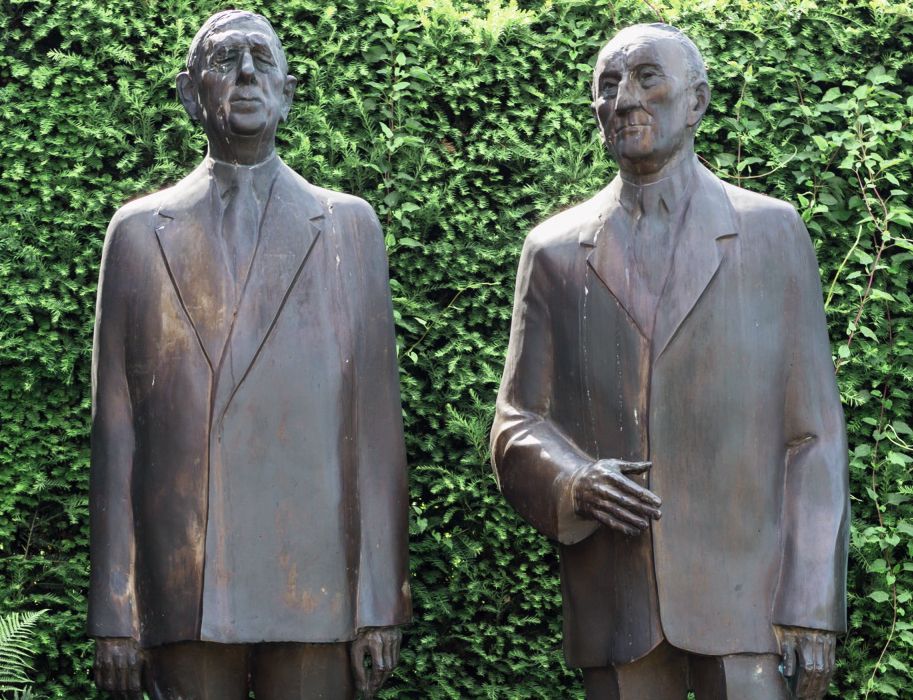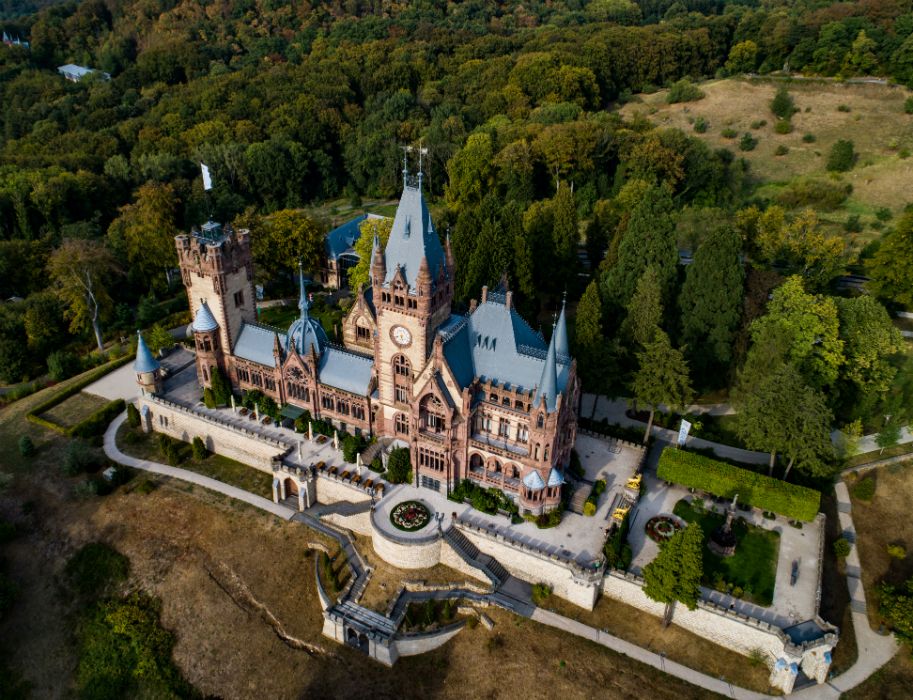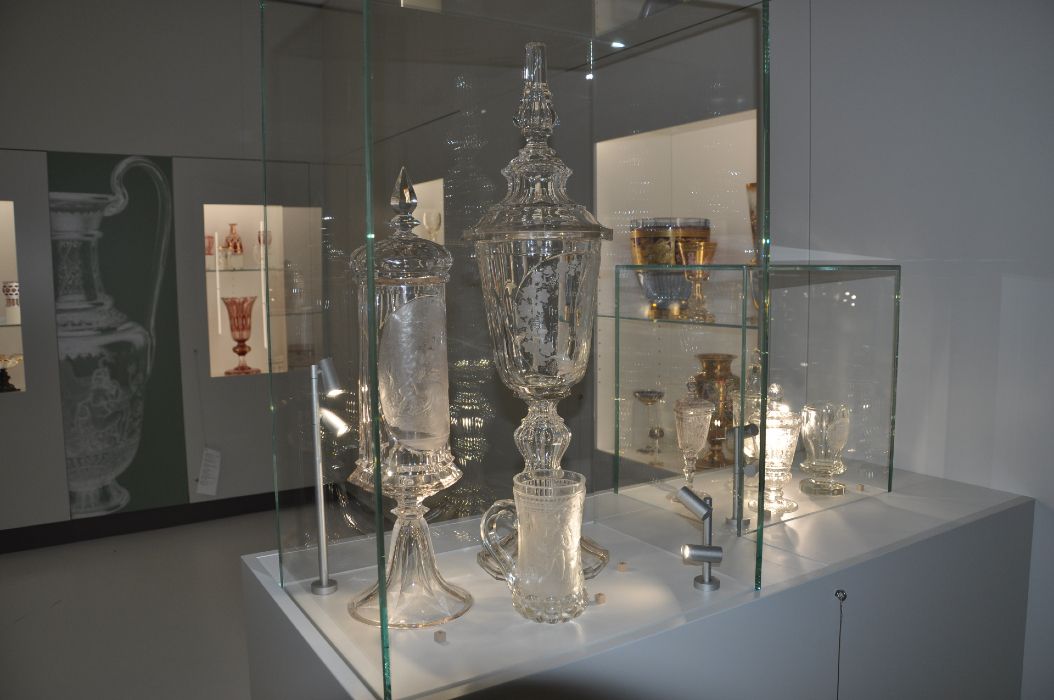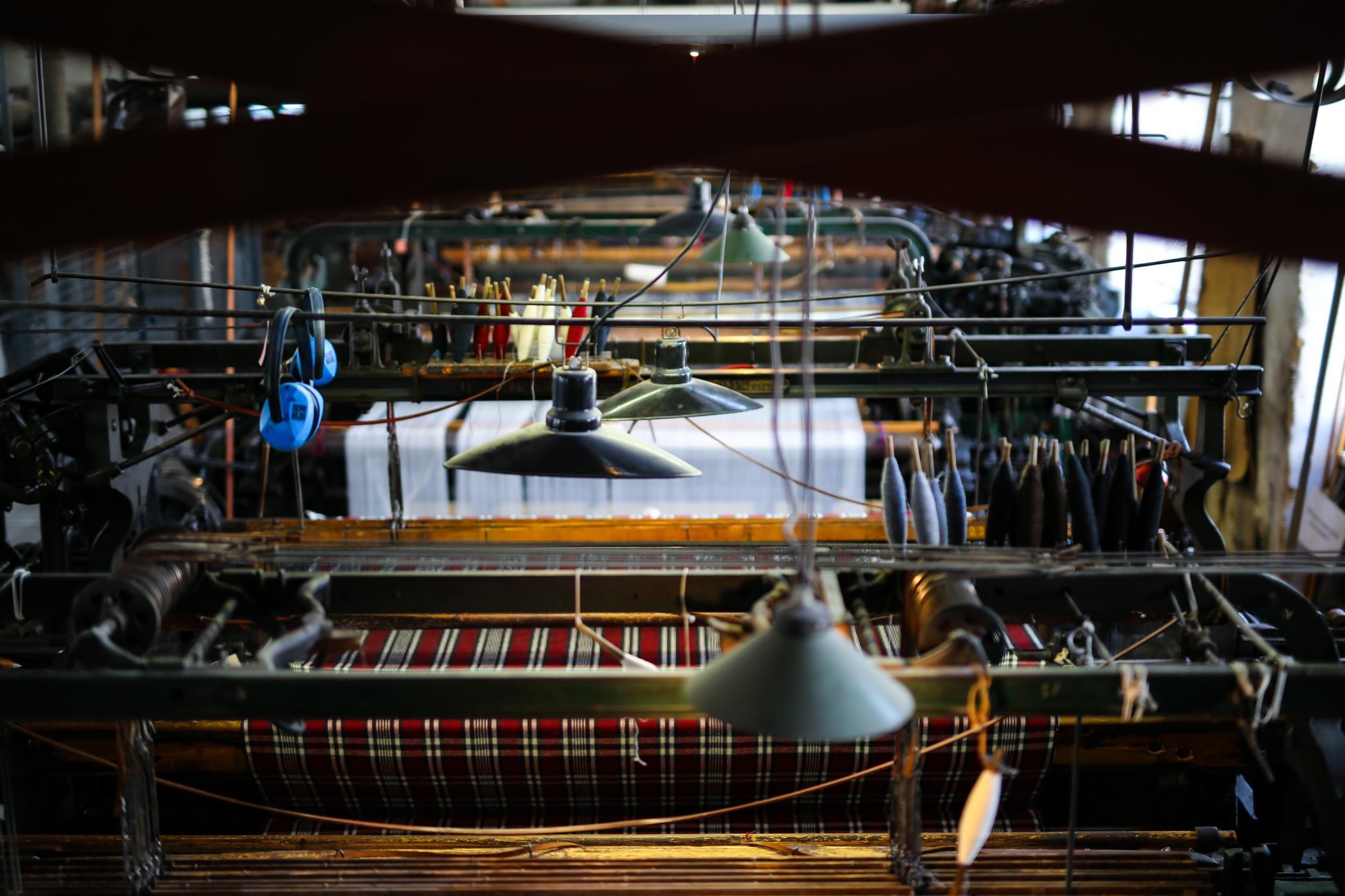Konrad Adenauer shaped Germany's development after the Second World War like no other chancellor. In his former home, guests can get to know the famous politician in a personal way. In the neighboring exhibition building in the picturesque district of Rhöndorf, an exhibition on Adenauer's life and work spans almost 100 years of German history.
The world has never seen anything like it. Hundreds of thousands line the banks of the Rhine on April 25, 1967, as a German navy speedboat carries Konrad Adenauer's coffin, draped with a federal flag, from Cologne up the Rhine, past the then federal capital Bonn to Bad Honnef. From there, the route takes him to his final resting place in the Rhöndorf forest cemetery.
The many people along the Rhine pay their last respects to their former chancellor. It is a day to remember. High-ranking state representatives from all over the free western world had traveled to Bonn for the state ceremony and the subsequent pontifical requiem in Cologne Cathedral to pay tribute to Adenauer's life's work.
Time stands still in his home
On April 19, Konrad Adenauer died at home in Rhöndorf at the ripe old age of 91. On this day, time stood still in his home. The old music chest is still in the living room where it was last played. The paintings on the walls tell of Adenauer's enjoyment of paintings from past centuries, and the desk also looks as if the Chancellor had only just left it. This is where he worked, signed documents, wrote speeches and sent countless letters all over the world.
Today, visitors can explore the former residence as a historical site on a guided tour. The house, which was built in 1937 on a former vineyard and remained Adenauer's personal retreat for the last 30 years of his long life, provides an insight into the private life of the statesman and long-time CDU chairman.But it also reminds us of the former mayor of Cologne and the period of National Socialism, during which Adenauer repeatedly had to fear for himself and his family.
Permanent exhibition in the new museum building
The Adenauerhaus is idyllically situated in the Rhöndorf district of Bad Honnef, on the slopes of the Siebengebirge, with a sweeping view of the Rhine Valley and the legendary Drachenfels. The famous Drachenburg Castle is also just a stone's throw away. The picturesque garden with its beautiful roses and Mediterranean flair still surrounds the house today. Adenauer loved, cherished and cared for it. He regularly played bowls on the bowling alley laid out in 1958 to take his mind off politics in Bonn. Adenauer began writing his memoirs in the garden pavilion in 1963.
The permanent exhibition "Konrad Adenauer 1876-1967. Rhinelander, German, European", which was redesigned in 2017, focuses on the entire life of Konrad Adenauer. In the museum building, which is located directly below his home, visitors can get to know the statesman through numerous documents, exhibits and multimedia stations. The colorful repertoire also includes a historical piece of flooring from the old Bonn Chancellery in Palais Schaumburg.
Both the exhibition center and the residential building are run by the Federal Chancellor Adenauer House Foundation, which has kept the memory of Konrad Adenauer alive since it was founded in 1967.
